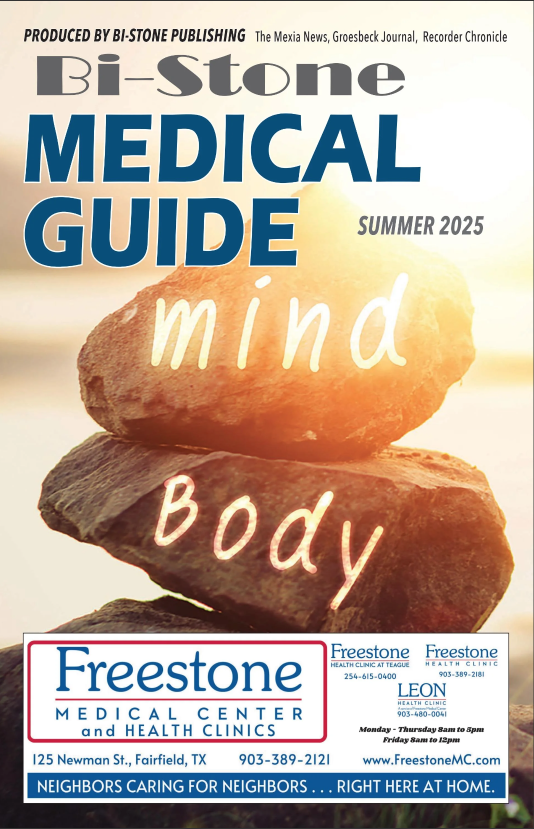Doctors aspire to keep their communities healthy and safe. According to the 2018 Survey of America’s Physicians Practice Patterns & Perspectives, the average primary care doctor sees 20.2 patients per day. Indeed, estimates suggest each doctor has roughly 2,000 people under his or her care and spends about 22 minutes with a patient during the average appointment.
Medical students travel a long road of study and practical application before they become doctors. Physicians diagnose and treat diseases, illnesses and injuries. They also interpret diagnostic tests and may counsel patients on preventive heath care and healthy living. This requires immense knowledge, so it should come as no surprise that the road to becoming a licensed doctor is so challenging and lengthy.
There are few professions with higher stakes than the field of medicine, which is one reason why the process of becoming a doctor requires years of hard work and tremendous patience. Requirements for becoming a physician vary by country, so for the purpose of this article, the process outlined refers to licensure in the United States.



